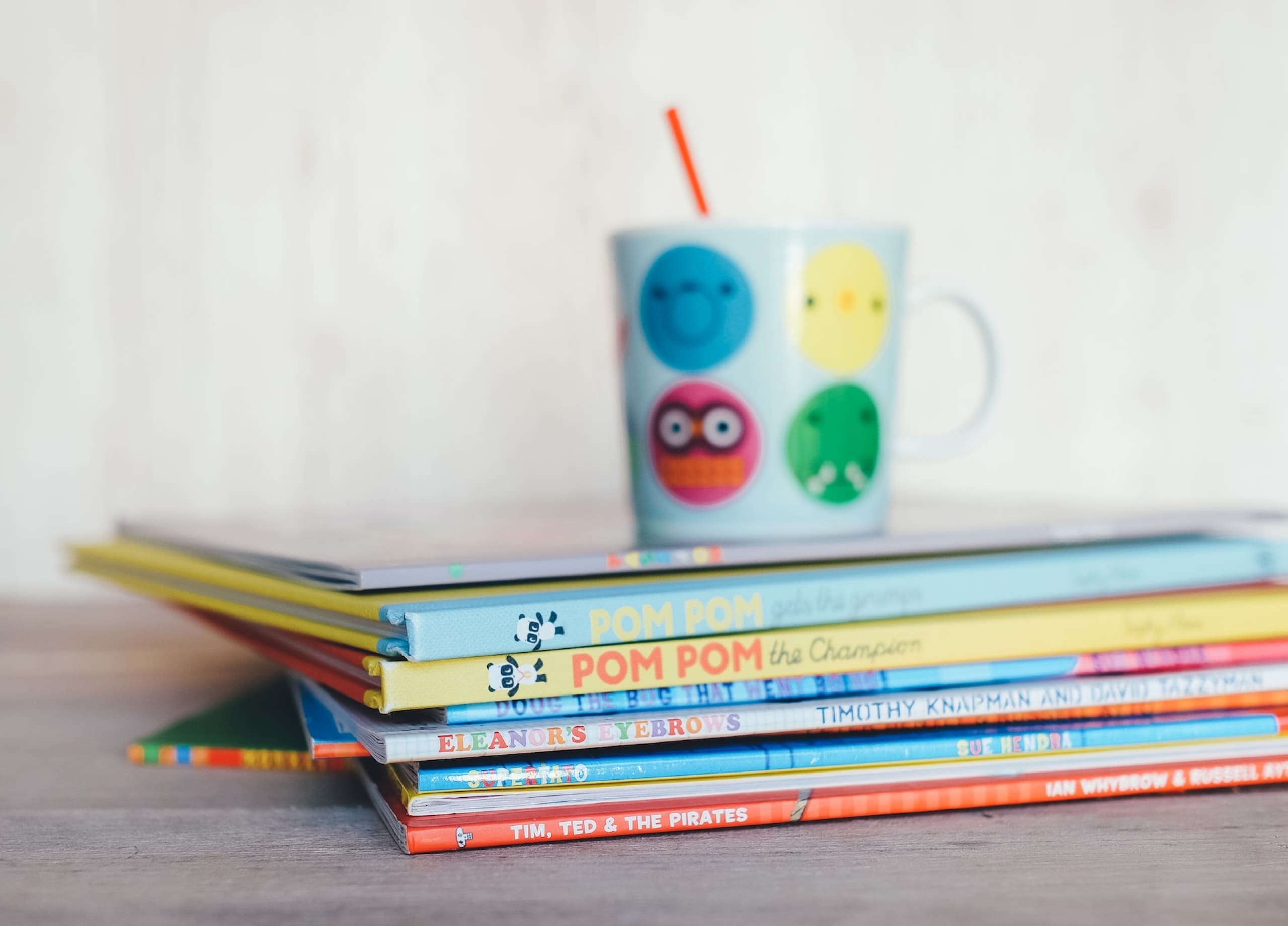Your One-Year-Old is Learning to Talk and Read at Choo Choo Train

Yup, your one-year-old is that amazing. Read on to understand how it’s happening.
- Talking
What children are doing:
Most children say their first recognizable words around their first birthday. They slowly add to their vocabulary with words that are related to their experiences. After 18 months, their word learning becomes more rapid. They learn and use an average of 10-20 new words a week which are mostly labels for objects.
This is why Choo Choo Train provides:
Lots of spoken language. Although it may seem absurd to talk to one-year-olds because they can’t talk back, it is the most important way to get them to speak.
Interesting things to talk about with the children. One-year-olds love to learn the names of things!
Sturdy board books that include familiar objects and actions. When they can relate, they feel great.
Child-centered displays on the walls at the children’s level. Animal characters are a big hit.
How we teach them to talk:
We talk face-to-face with the one-year-olds.
We talk with them during play and routines. When it’s playtime, we narrate their actions: “You are throwing the ball.” When it’s a routine, we narrate our actions: “I am going to feed you milk.”
We expose them to lots of rich language and conversation. Sometimes, like a dear friend, we talk to the one-year-olds about our lunch: “I had spaghetti for lunch. It had chili so it was spicy.” Of course, we find a way to relate the event to them: “You had porridge for lunch. You seemed to enjoy it because you finished it.”
We also teach the one-year-olds some simple sign language.
2. Conversation skills
What children are doing:
One-year-olds are familiar with the back-and-forth nature of the conversation – the adult speaks, then waits for the child to do something, and then responds as though the child answered back. One-year-olds are keen to add their own language to the conversation. The more caregivers engage with them in conversation, the more language they hear, and the more practice and language skills they gain.
This is why Choo Choo Train provides:
Opportunities for one-on-one conversation throughout the day.
Book-sharing activity with three or fewer children and interactive conversation about the story.
Songs or movement activities that encourage call-and-response or imitation.
How we teach them conversation skills:
We recognize when a toddler is initiating a conversation even when it’s not verbal. For example, when a child is simply looking at us, we respond to invite more interaction by saying hello to the child.
3. Becoming familiar with books
What children are doing:
One-year-olds change from interacting with books as a toy to imitating book-reading behaviour. They develop a preference for certain books and for particular pages or pictures within a book. As their vocabulary and memory skills grow, they remember words from familiar books and anticipate what’s coming next.
This is why Choo Choo Train provides:
A collection of sturdy, age-appropriate books that children can have access to throughout the day.
Time for a shared book reading with a caregiver.
How we familiarize children with books:
We pay attention to individual children’s preferences for specific books or pictures.
We allow them to carry books to other parts of the room.
We model how to treat books with good care and show them we enjoy reading.
4. Drawing meaning from pictures
What children are doing:
One-year-olds are beginning to grasp that a photo or illustration represents a real object. They are trying to make sense of how the representation and the “real thing” are the same and how they are different. They are trying to understand the labels used for categories of objects when there are obvious differences among the things that go in that category (dogs can look very different from each other).
This is why Choo Choo Train provides:
Photo collections of familiar people, objects, places, and events.
Picture labels on storage containers of toys and materials.
Books that depict actions, events, or emotions that children recognize and can connect to their own experiences.
How we help children draw meaning from pictures:
We encourage them to make the connections between picture representations and real life: “That’s the baby’s pillow, isn’t it? Where’s your pillow?”